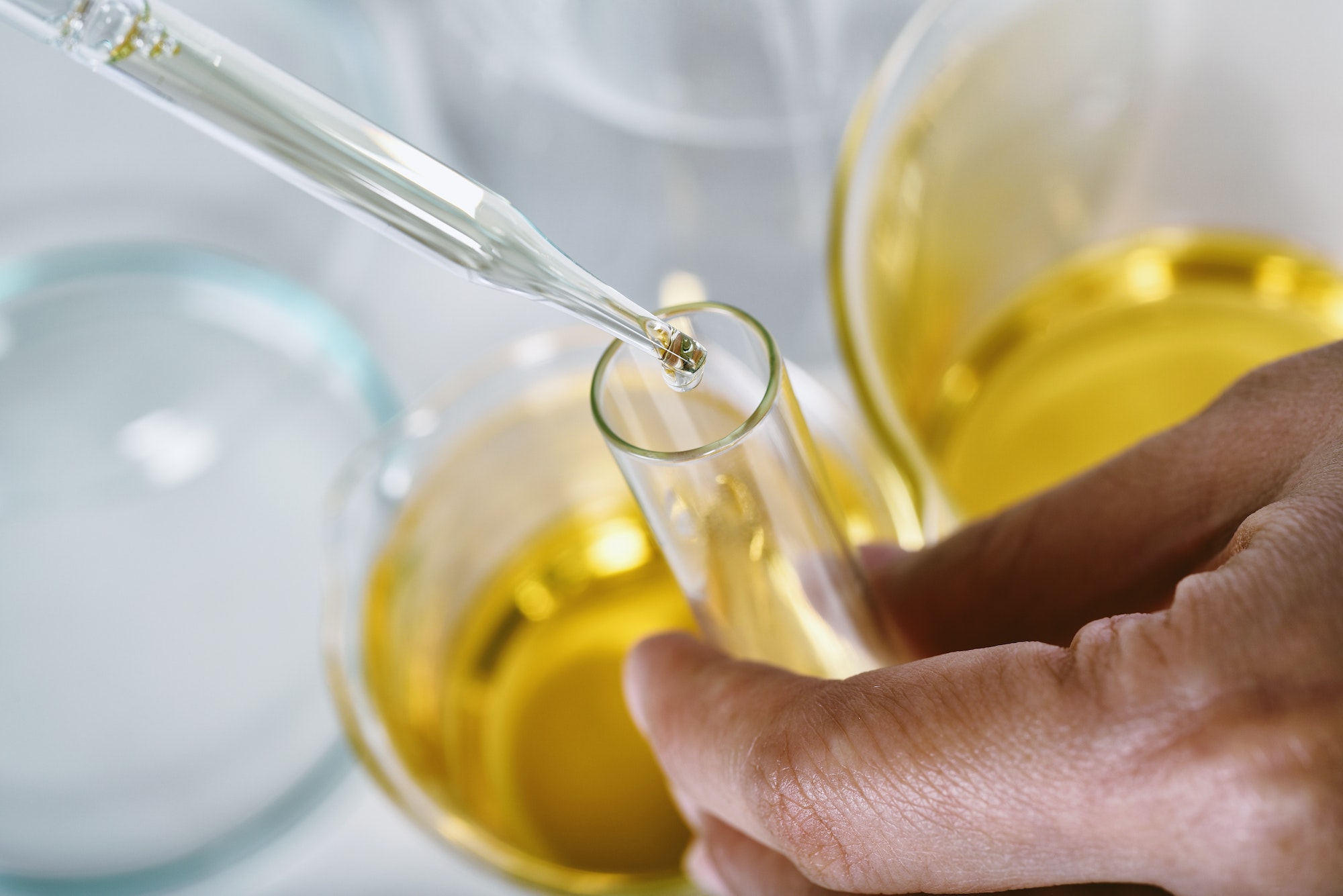Hexane extraction is a widely used technique for extracting oils, fats, and other valuable compounds from various sources. This method is particularly relevant in the context of solvent extraction and algae oil extraction, which are key processes in the field of algae processing. Algae are considered a promising feedstock for the production of biofuels and other bioproducts due to their high growth rates, efficient photosynthesis, and ability to accumulate lipids. Hexane extraction plays a crucial role in recovering these valuable lipids from algae biomass.
Solvent Extraction
Solvent extraction is a separation process that involves the use of a solvent to selectively dissolve one or more components from a solid or liquid mixture. The dissolved components can then be recovered by evaporating or separating the solvent. This technique has been employed in various industries, including food, pharmaceuticals, and petrochemicals.
In the context of algae processing, solvent extraction is primarily used to extract lipids (fats and oils) from microalgae biomass. These lipids can be further processed into biofuels like biodiesel or used as raw materials for producing other bioproducts. Hexane is one of the most commonly used solvents for lipid extraction due to its low cost, high selectivity for lipids, and relatively low toxicity.
Hexane Extraction Process
The hexane extraction process typically involves the following steps:
- Preparation of algae biomass: The harvested algae biomass is first dried to remove water content and then ground into a fine powder. This step ensures that the hexane can effectively penetrate the algae cells and dissolve the lipids.
- Extraction: The dried and ground biomass is mixed with hexane in an extraction vessel. The mixture is agitated to facilitate contact between hexane and the biomass particles, allowing hexane to dissolve the lipids present in the cells.
- Separation: After a certain period, the hexane-lipid mixture is separated from the residual biomass using filtration or centrifugation. The lipid-rich hexane is then collected for further processing.
- Recovery of lipids: The lipids are recovered from the hexane by evaporating the solvent using heat or vacuum distillation. The remaining lipid extract can be further purified and processed into biofuels or other bioproducts.
- Recovery of hexane: To minimize solvent loss and reduce environmental impact, the evaporated hexane can be condensed and recycled back into the extraction process.
Advantages and Disadvantages of Hexane Extraction
Hexane extraction offers several advantages over other lipid extraction methods:
- High efficiency: Hexane has a high affinity for lipids, allowing it to effectively extract these compounds from algae biomass with minimal loss.
- Scalability: The process can be easily scaled up to accommodate large volumes of biomass, making it suitable for industrial applications.
- Low cost: Hexane is relatively inexpensive compared to other solvents, which can help reduce the overall cost of algae processing.
However, hexane extraction also has some disadvantages:
- Environmental concerns: Hexane is a volatile organic compound (VOC) that can contribute to air pollution and climate change if not properly managed. The use of closed-loop systems and efficient hexane recovery techniques can help mitigate these concerns.
- Safety concerns: Hexane is flammable and can pose safety risks during handling and storage. Proper precautions must be taken to prevent accidents and ensure worker safety.
- Residual hexane in biomass: Some residual hexane may remain in the defatted biomass after extraction, which can affect its suitability for certain applications. Additional processing steps may be required to remove the residual solvent.
In conclusion, hexane extraction is a valuable technique in the field of algae processing for recovering lipids from microalgae biomass. The method offers high efficiency, scalability, and low cost, making it an attractive option for large-scale production of algae-based biofuels and bioproducts. However, environmental and safety concerns associated with hexane use must be carefully managed to ensure sustainable and responsible algae processing practices.


